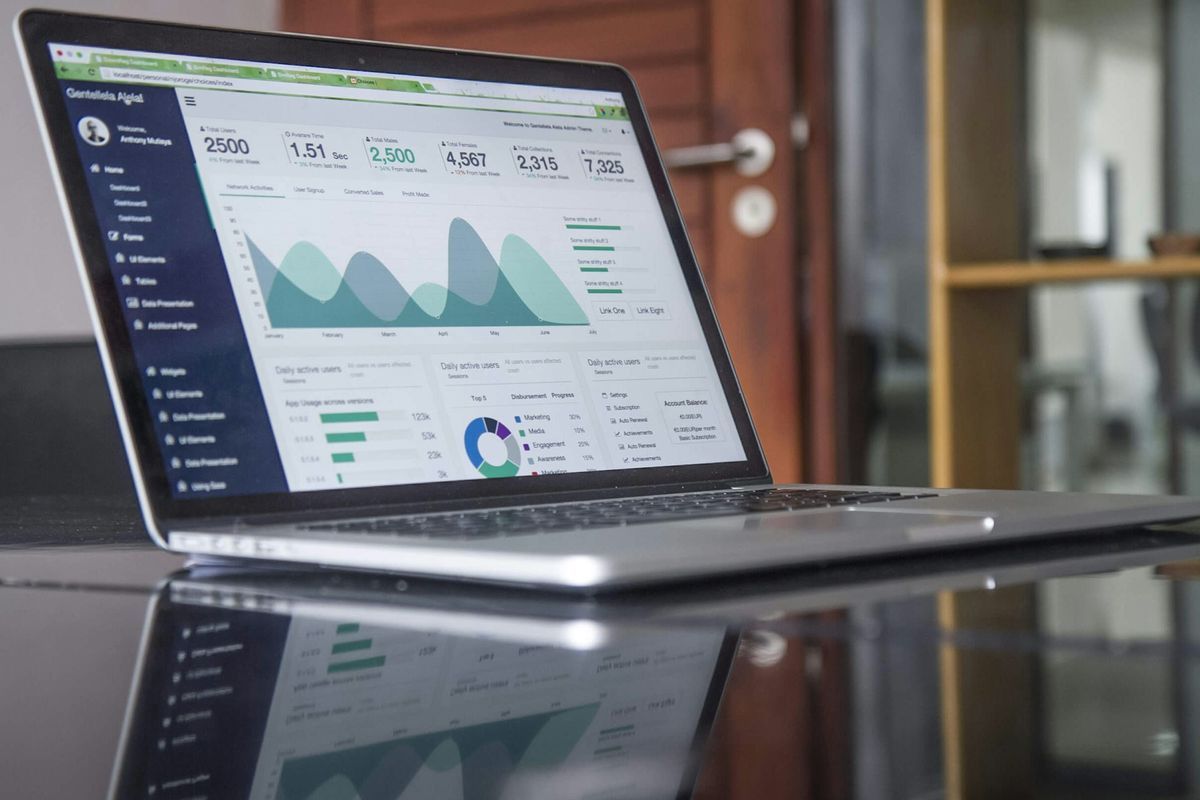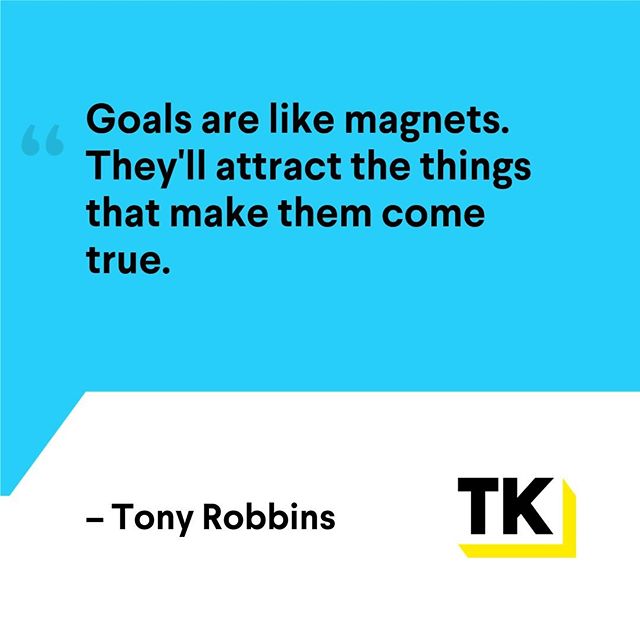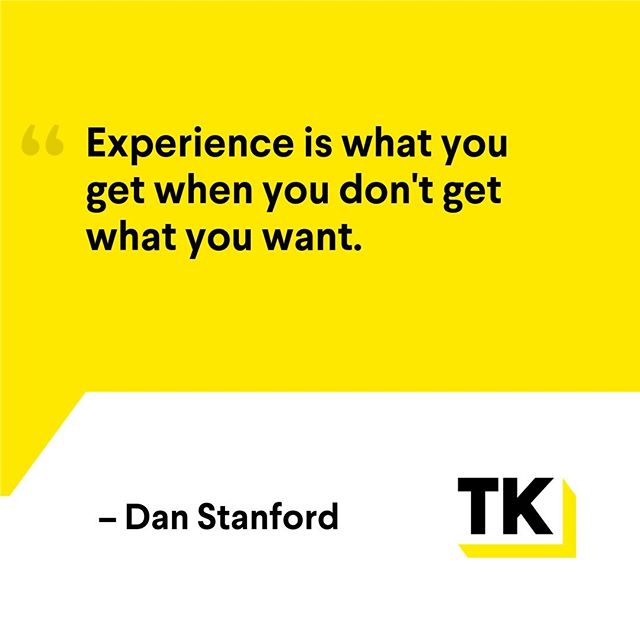When your sales team wastes time and resources on the wrong prospects at the wrong time, your sales strategy can quickly become a mess. It can be easy to get lost when navigating the intricacies of sales, but there’s a guiding light that can help you consistently seal the deal: Your SaaS Sales Pipeline.
As a B2B SaaS Founder, you probably already have a sales pipeline in place… But much like every other part of your Go-To-Market Strategy, the way you manage your sales pipeline must evolve overtime. In this blog, we’ll explore what a sales pipeline is, why it’s important, and the fundamental principles of SaaS Sales Pipeline Management.
What is a Sales Pipeline?
A sales pipeline is a visual representation of the sales process and is designed to help you manage your customer acquisition journey. The pipeline consists of various stages, from becoming an opportunity to closing a deal. Having a pipeline helps you quickly know where in the sales process each of your leads are in, and what needs to happen to move them forward to the next stage.
Why is having a Sales Pipeline Important?
Having a pipeline allows SaaS businesses monitor the progress of potential customers as they move through each stage of their customer journey. This helps sales teams prioritize leads, identify bottlenecks, and allocate resources effectively. The pipeline also provides a clear overview of the revenue potential and helps in forecasting sales performance.
A strong sales pipeline will help you identify areas of improvement and analyze different sales strategies. By understanding where prospects are in the pipeline, SaaS businesses can tailor their sales and marketing efforts, resulting in more efficient and successful customer conversions.
SaaS Sales Pipeline Management Principles
Your sales pipeline won’t be perfect the first time. It takes constant revision, and managing your sales pipeline ensures that your SaaS business remains agile. When managed properly, your sales pipeline will provide your SaaS business with a scaling stream of customers every month. Here are three tips for managing your sales pipeline so that you can close more deals and drive growth.
Principle 1: Use a CRM
Having a Customer Relationship Management (CRM) tool is essential for managing your sales pipeline. A CRM software that helps businesses track the sales cycle with leads, opportunities, and customers. In the earlier days of your SaaS business, you are or have probably tracked your sales pipeline on a spreadsheet. Utilizing a CRM helps by replacing your multiple spreadsheets, connecting the data from sales leads, and tracking client data all in one place.
The sooner you have a CRM, the better off your sales pipeline will be. A well-integrated CRM provides real time tracking of each lead so that you’re up to date with where they are in the sales journey. When you invest in a proper CRM, you’ll also gain access to instant data and analytics. This helps you make accurate sales forecasts and gives you the opportunity to appropriately follow up on deals.
Principle 2: Define Your Sales Phases
Defining your distinct sales phases within your sales process is a fundamental step in managing your pipeline. Every B2B SaaS Business’ sales phases will look different. Each of these phases represent a milestone, from an opportunity to closing the deal. You’ll want to consistently define and redefine this sales process. Think about the buying process from the perspective of your customers. What are the main phases they go through before purchasing your SaaS solution?
Your pipeline phase may look like:
- Discovery Call
- Demo
- Proposal
- Deal won or lost
You may have more or less phases depending on your own sales process. Regardless, you should be able to outline each part of your sales process up until you close a deal. Having this clarified will streamline collaboration with your sales team and will create a sales process that maximizes efficiency, accelerate sales cycles, and drives sustainable growth.
Principle 3: Review Your Pipeline
Lastly, you’ll want to continuously review your pipeline with your sales reps and team. When you sit down to review, there are four questions you must ask:
- How many opportunities actually engage with your sales team? (conversion rate)
- What are the commonalities between those that purchase and those that fall off?
- How many sales do we need to close to reach the revenue goal?
- How many leads do we need to reach our sales goal?
As you go through each phase of your sales pipeline, you’ll notice how many opportunities continue through each stage. (i.e. 3 out of 4 go from the discovery call to demo, 2 out of 3 move forward into the proposal stage.) From this percentage, you’ll want to find the commonalities between the opportunities that move forward and the opportunities that fall off.
As you start to track and measure these leads, you’ll start to see how many leads are moving through the pipeline and what might cause them to drop off. This will help you understand where you need to tweak your sales pipeline, or if you are meeting the proper pipeline coverage to reach your revenue goals.
Pipeline Coverage
Pipeline Coverage is the greatest predictor of SaaS success. It is the ratio between the total dollar value of your opportunities and your revenue targets. In essence, your sales pipeline coverage quantifies the amount of opportunities that are needed to align with your sales objectives. Having a robust pipeline of potential customers is undoubtedly important, but Pipeline Coverage goes a step further. It assesses whether your pipeline is sufficient enough to consistently meet revenue goals. Throughout my time as a Founder of SaaS businesses, I have learned one secret equation for pipeline coverage.
How to Calculate Pipeline Coverage
Take your Target Revenue Number and divide it with your Win Rate percentage. Your win rate percentage is how many opportunities actually engage with your sales team. This could be your conversion rate. The number you get from this is how much pipeline coverage you actually need in order to meet your revenue goals. (EX: $100K target revenue / 20% win rate = $500K)
Most SaaS businesses fail to realize that you actually need 5X pipeline coverage to hit your revenue goals. When you only have two leads and you fail to close those two deals, it’s not because you have a 0% win rate, it’s because you don’t have enough pipeline coverage.
How to Get More Pipeline
In order to generate more pipeline coverage, you need a proper Go-To-Market strategy. Within a scalable GTM machine is your Ideal Customer Profile, Strategic Narrative or Manifesto, and your Broadway Show. These three elements are paramount for your pipeline generation.
You can learn more about how to build a strong Go-To-Market machine here.
In Conclusion
Pipeline cures all. When you manage your sales pipeline your forecast accuracy will increase, win rates will go up, and the partnership between marketing will ensure enough pipeline is generated to accelerate growth.
If you’re a SaaS Founder struggling to build and manage pipeline coverage, I invite you to check out my 5-Step SaaS Growth Strategy Guide below. Inside this Guide, I help you create a scalable GTM strategy to build a robust sales pipeline coverage and build exponential growth for your SaaS business.












